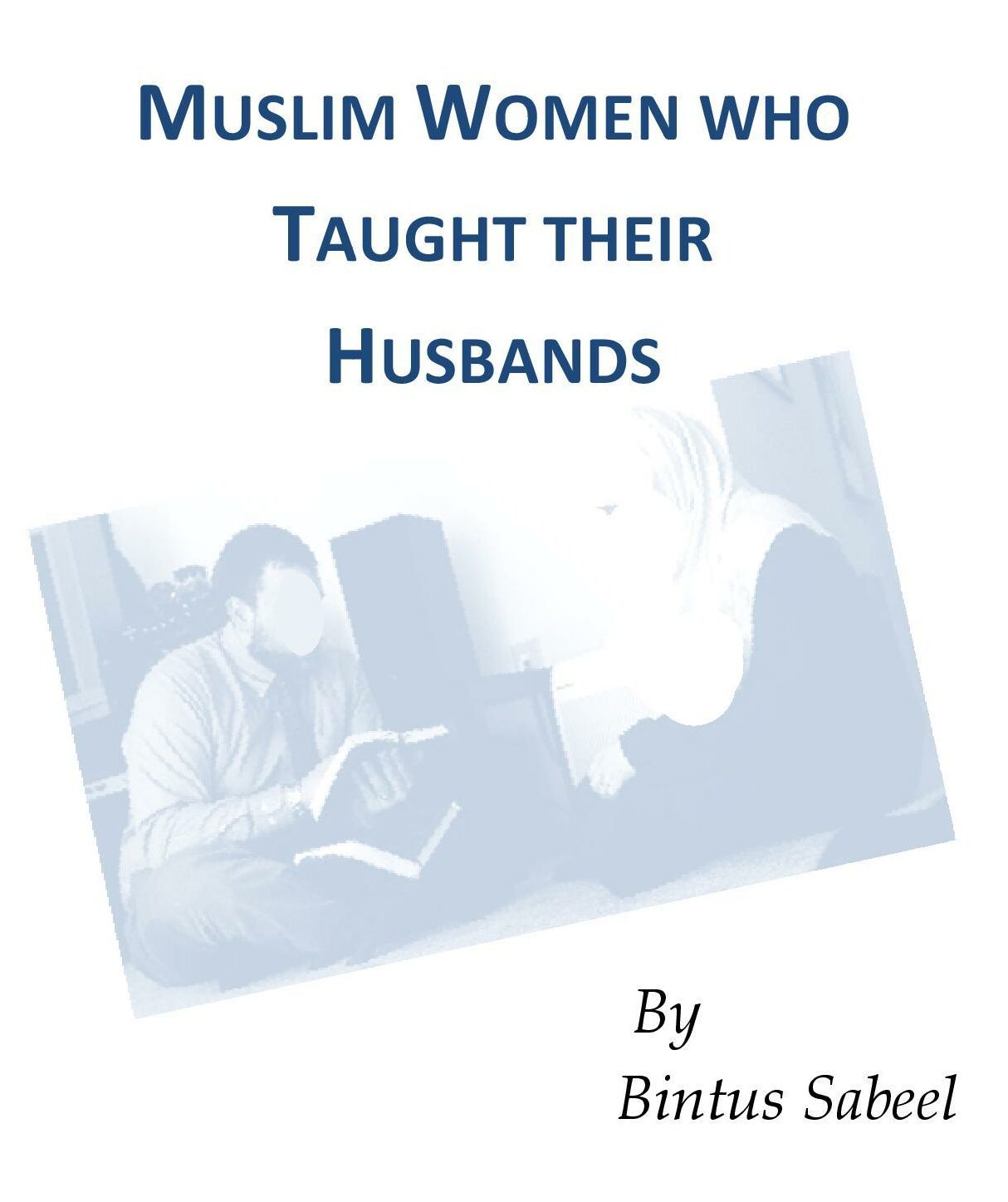Sūrah an-Nisaa’ was revealed in Madinah. Because it contains many rulings concerning society, the family and women in particular, ‘Umar bin al-Khaṭṭāb wrote to the people of Kūfah, saying, “Teach your women three sūrahs: An-Nisaa’, An-Nūr and Al-Aḥzāb.” The sūrah revolves around three main themes: 1. Purification of Muslim society from remnants of jāhiliyyah and elevating it to the level of an Islamic one, unique for its ethical system of government derived from the Qur’ān. 2. Exposition of Islam’s enemies and of their conspiracies and betrayals – not in order to blame them for misfortunes, but to warn and prevent Muslims from being deceived and harmed. It may be noted that while the enemies in Makkah were pagan polytheists, in Madinah they were mainly from Ahl al-Kitāb and Arab hypocrites who dared not oppose Islam openly but were striving to undermine it from within. 3. Defining the Muslim’s ‘aqeedah while organizing society on the basis of Islamic values and establishing systems of government based on justice for believers and non-believers alike.
Limited free articles. Subscribe for full access.








 Dr. Bilal Philips
Dr. Bilal Philips